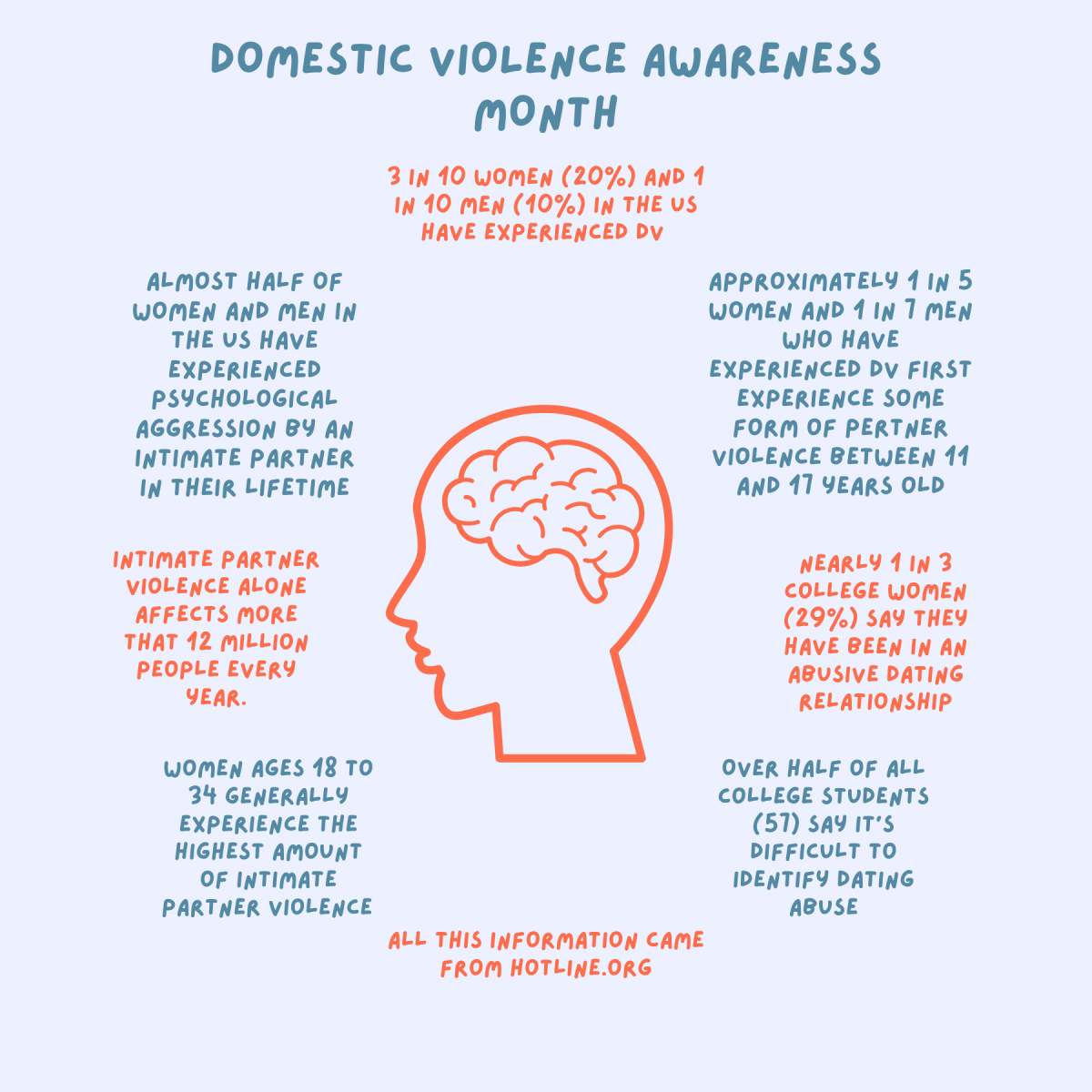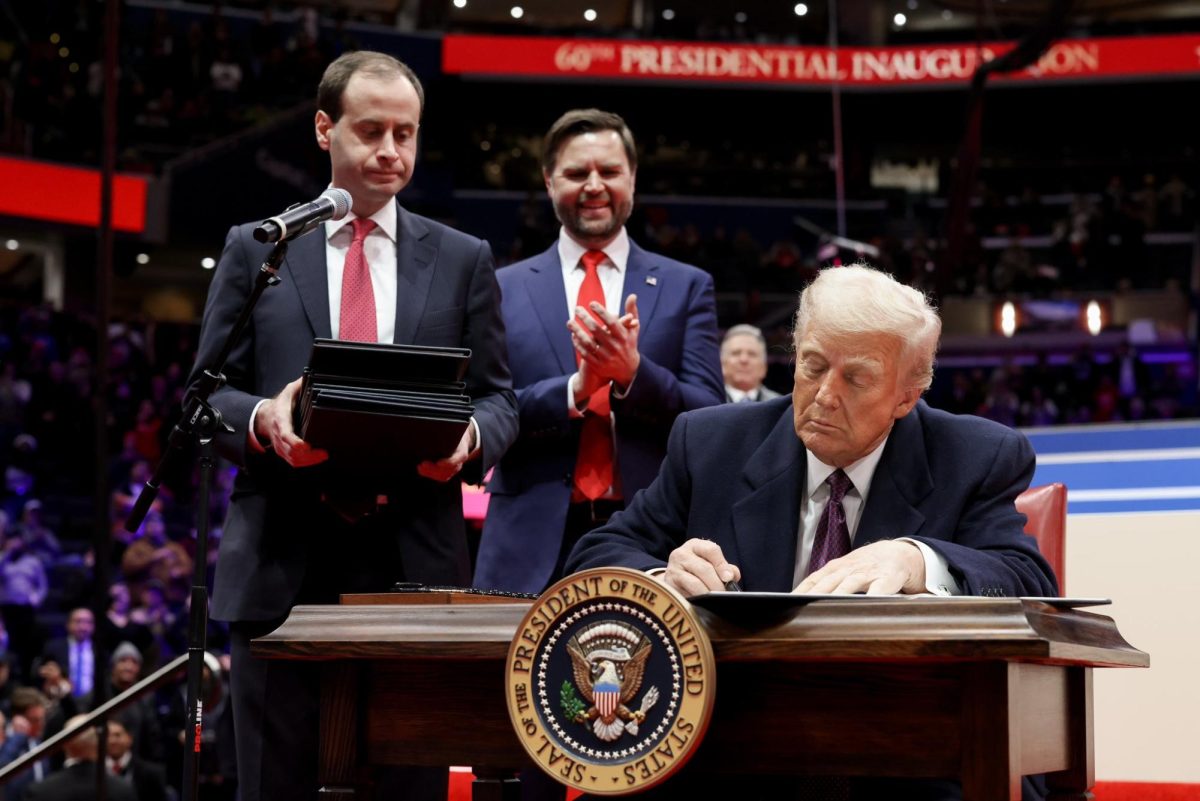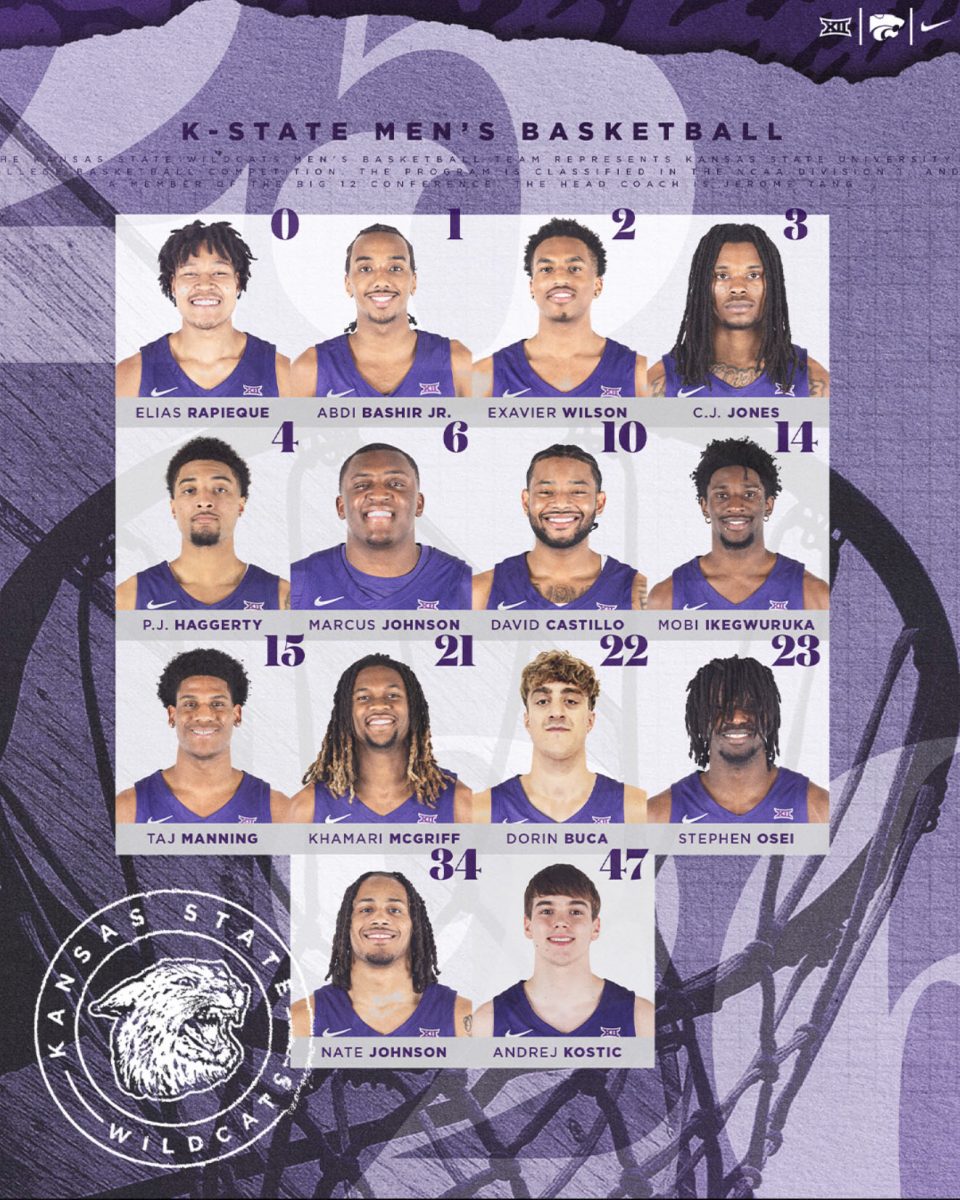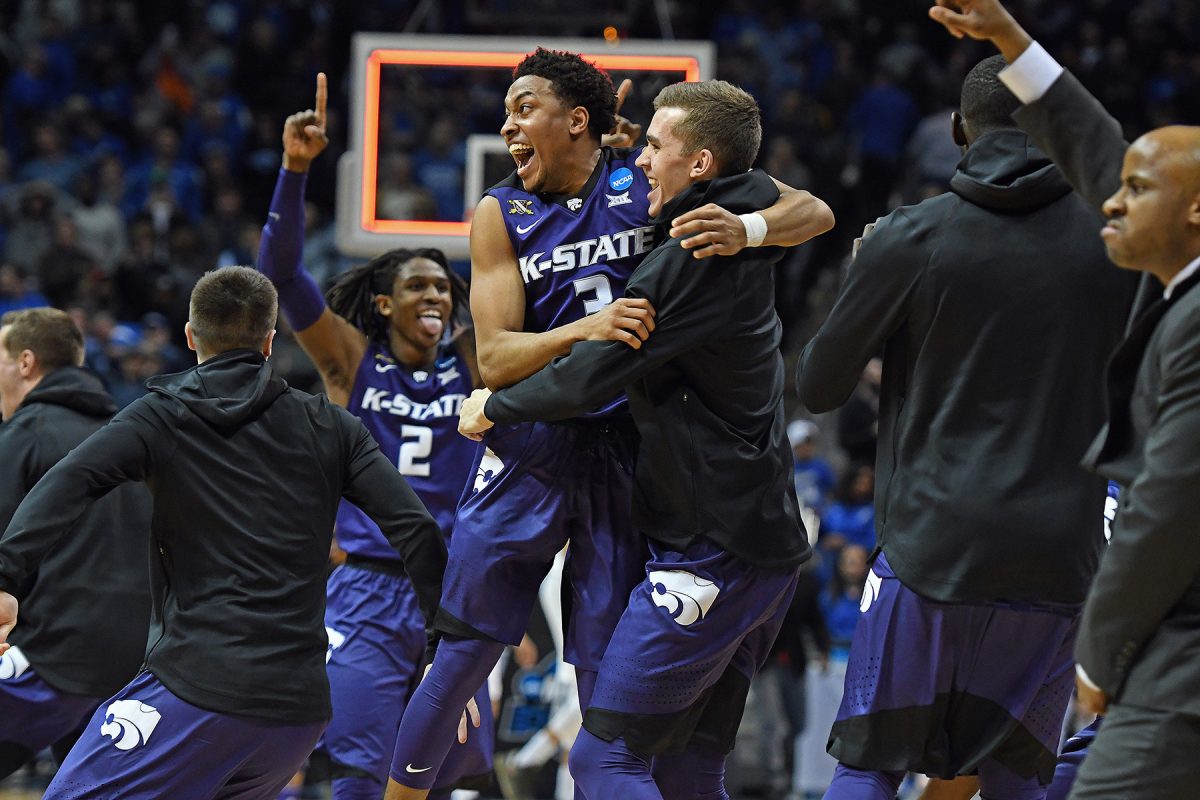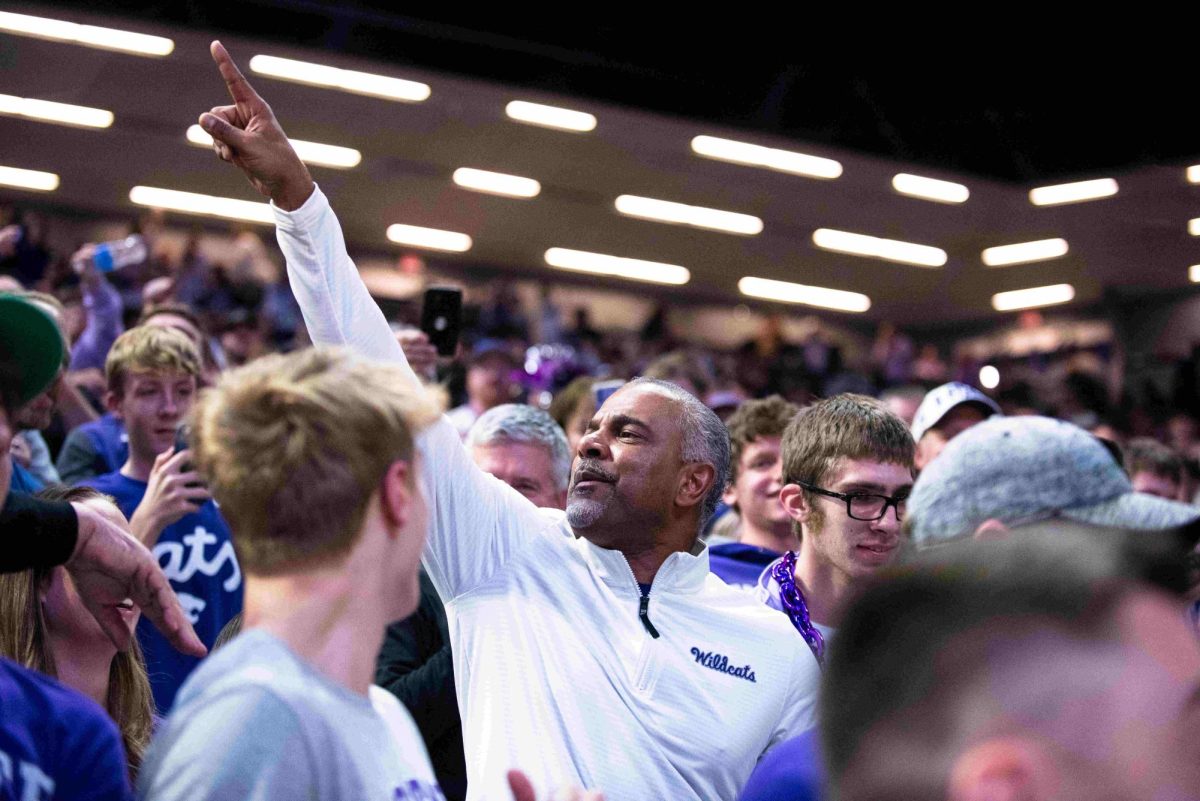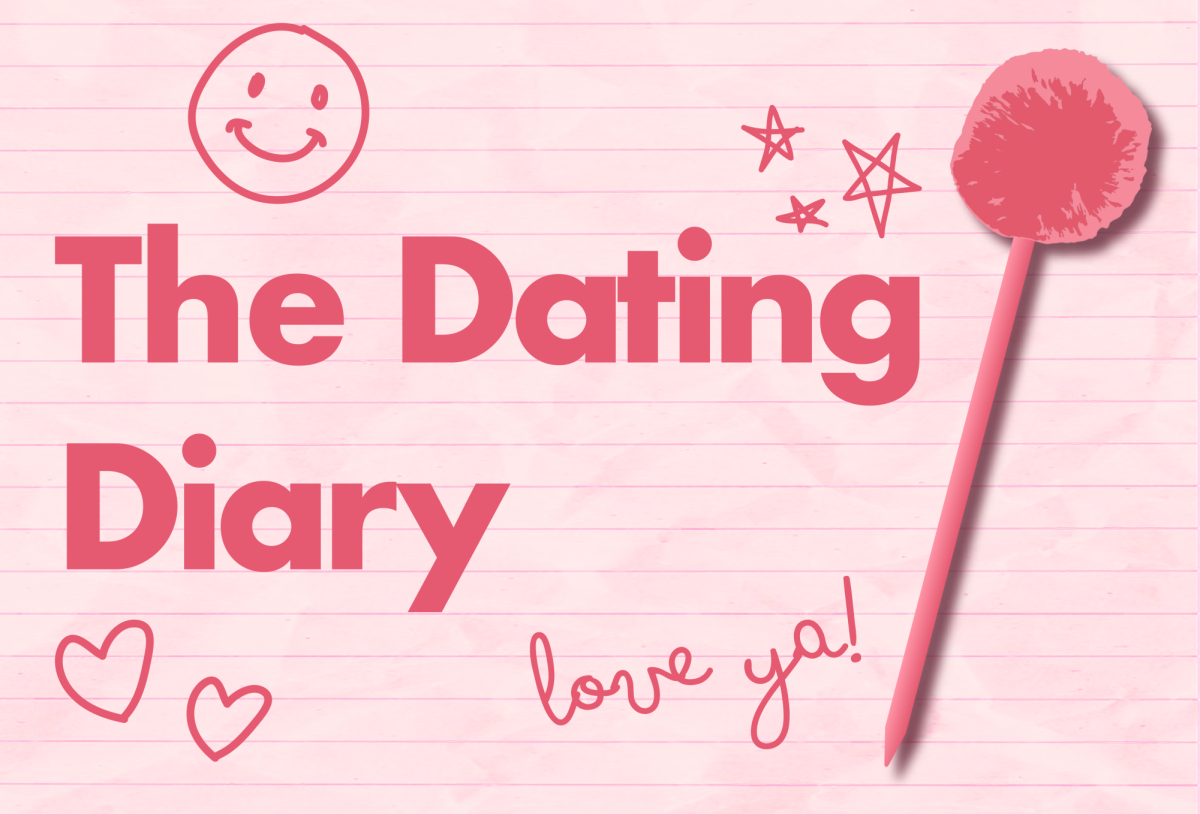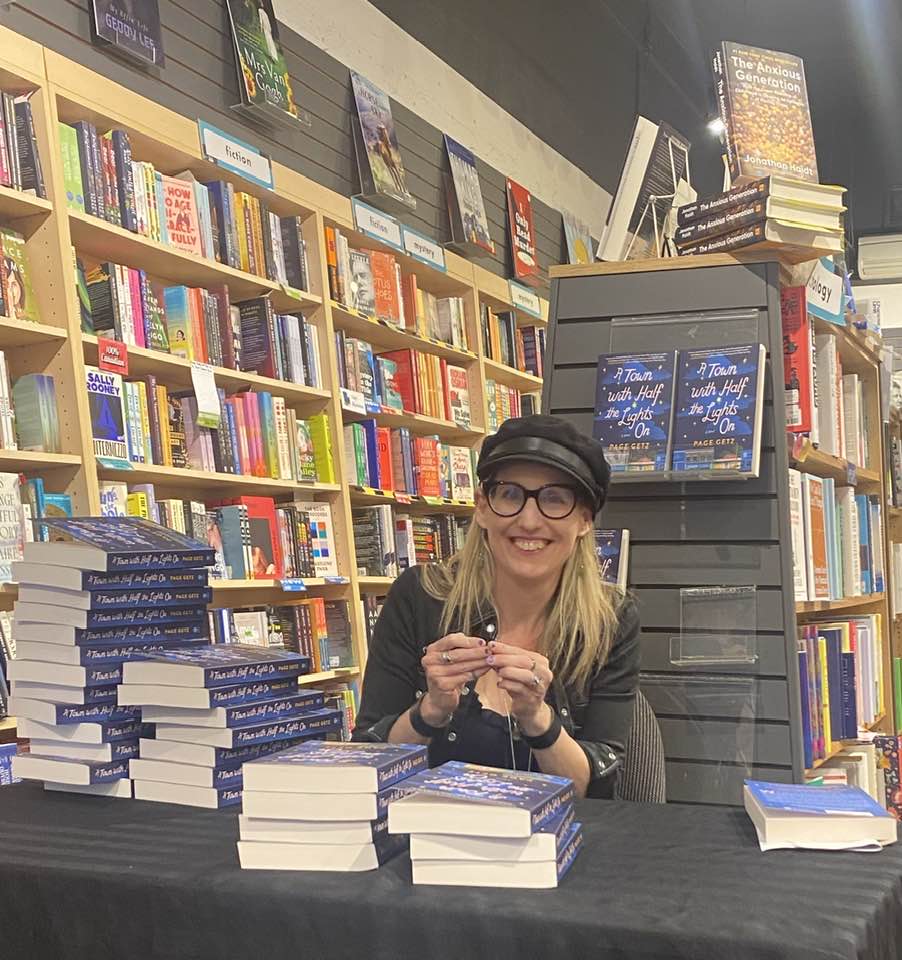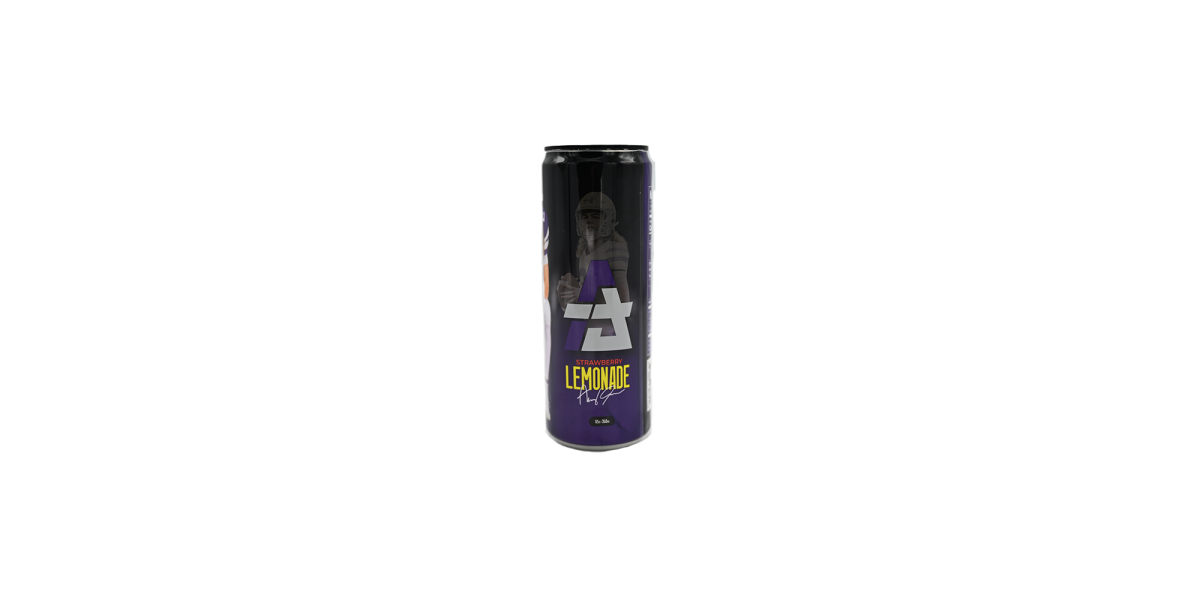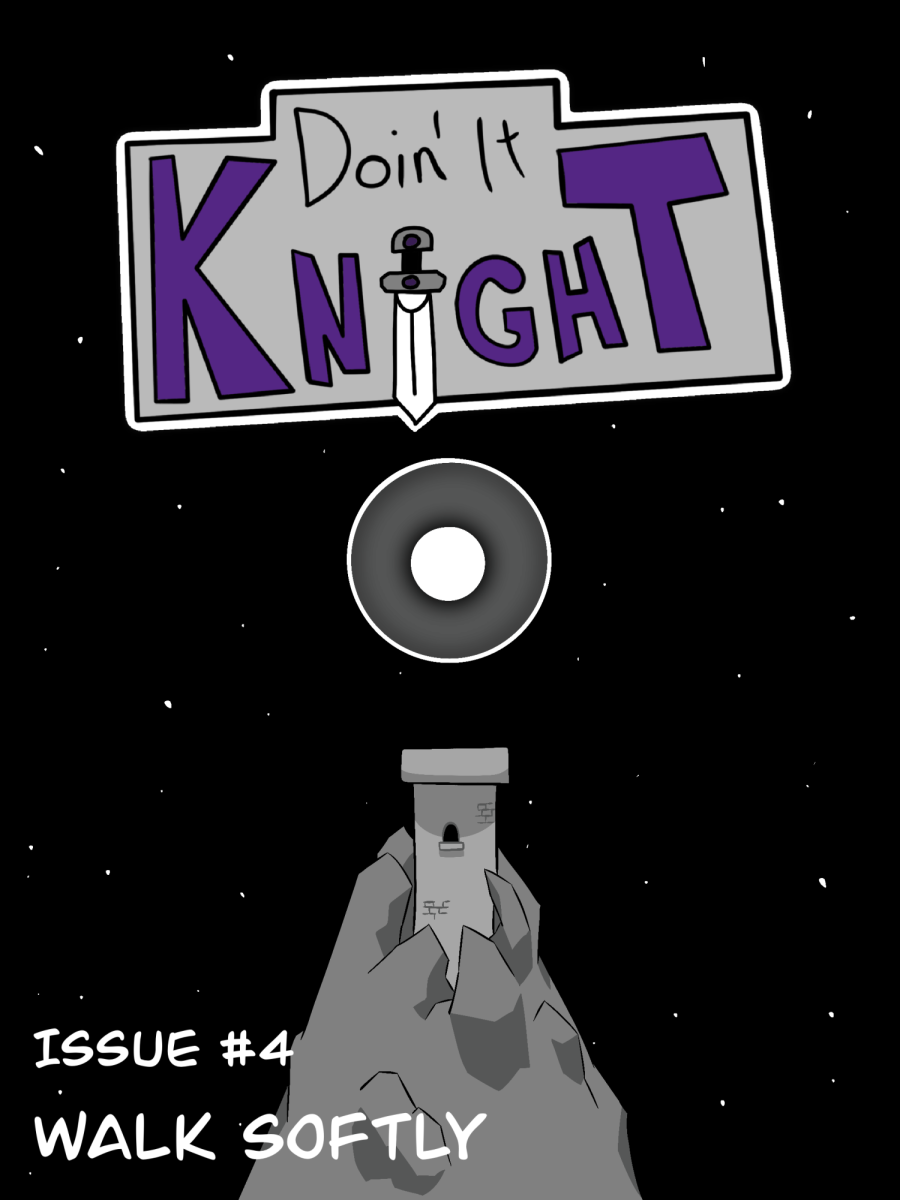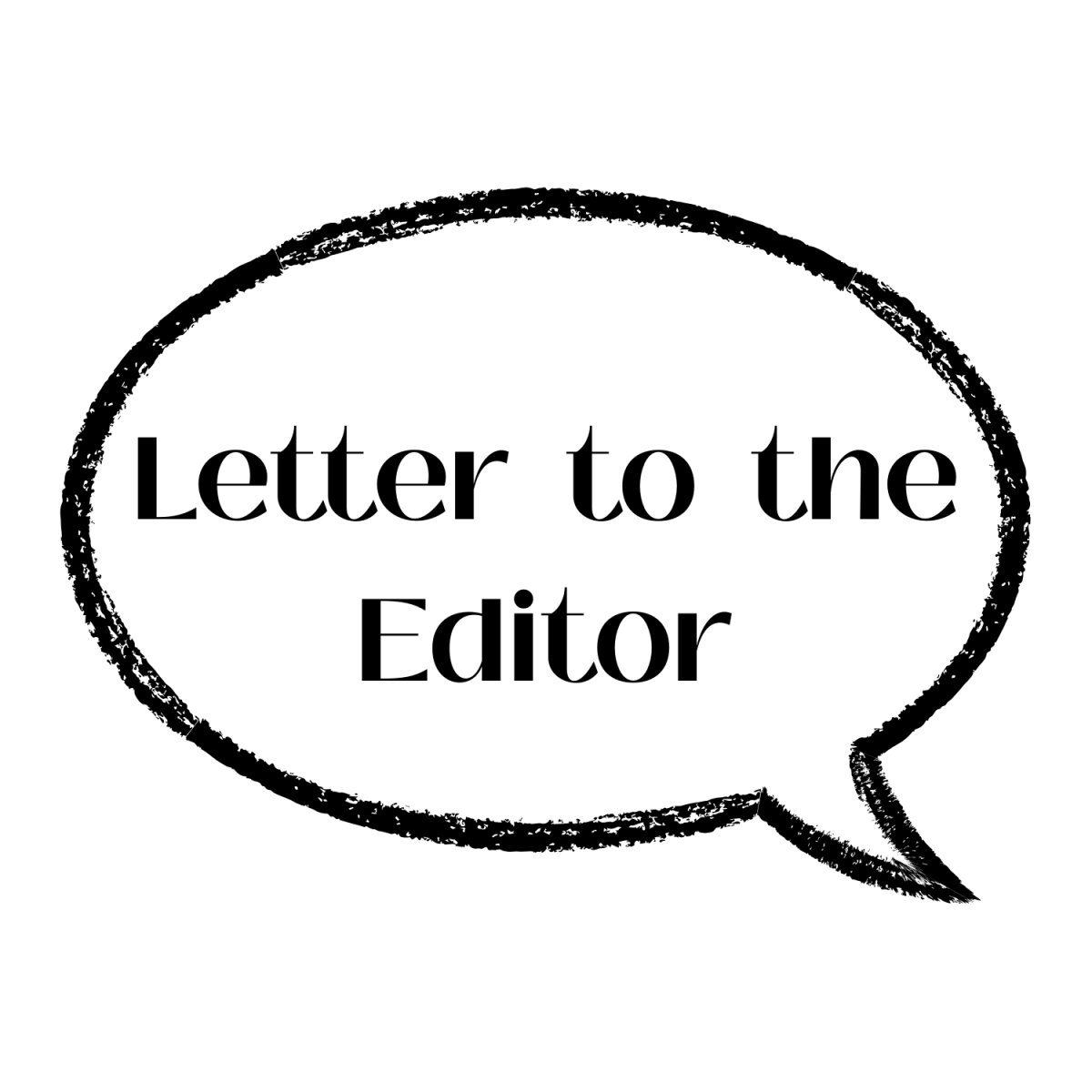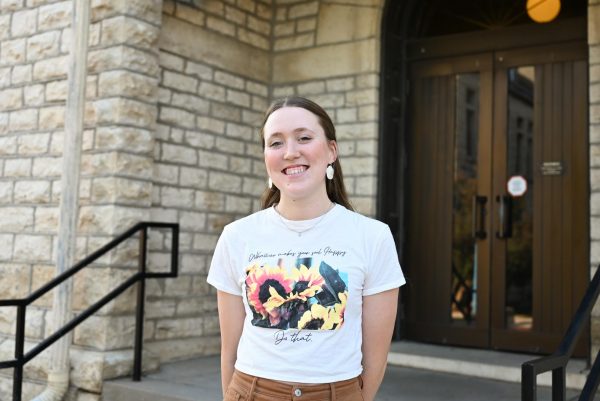You’re swiping through TikTok, the algorithm nearly perfectly tethered to your interests, tying you to the screen for hours. Suddenly, a celebrity you enjoy pops up, endorsing a political candidate you don’t know too much about, but you enjoy that celebrity, so you like the video. A few videos later, you get another TikTok about the politician, this time an influencer endorsing them. Once again, you enjoy this influencer, like the video and continue to scroll. More and more videos about this politician begin to integrate into your feed and perhaps, you begin to think:
This is the candidate for me.
According to the Pew Research Center, a staggering 86% of adults ages 18-29 “prefer” to get the majority of their news from their digital devices in 2024. Of all of the adults used in the survey, 18% prefer to get their news from social media.
But what is social media? According to the American Psychological Association, social media is “forms of digital communication through which users create online communities to share information, ideas, personal messages, and other content.” While social media isn’t “inherently beneficial or harmful,” there are strong chances for “negative effects” to take hold through the act of socialization and connection, including:
- Misinformation
- Disinformation
- Hate Speech
- Cyberbullying
Last week, this column discussed the use of precise language and touched on how precise language can prevent the spread of misinformation and accidental propaganda.
Propaganda, in essence, however, is not accidental. The truth, in fact, doesn’t matter.
Imprecise language allows the spread of ideation and false beliefs. One needs to be careful when writing about politics, debates on climate change or even vaccine hesitancy. In the social media era, we journalists have the opportunity to reach a wider audience at an expedited rate. Polarization, however, sells better.
People are often beholden to their algorithm, fulfilling what is called confirmation bias. Many want to hold onto their preexisting beliefs even in the face of evidence that undermines them, so when their favorite influencer or celebrity appears on their feed, spewing information on topics you already believe.
A post on TikTok with 2.3 million likes, made on July 22, 2024, features a fancam about Kamala Harris titled, “KAMALA HARRIS PLEASE SAVE US.”
TikTok, of course, isn’t the only social media platform filled with propaganda. During the 2024 election, many took to X (previously Twitter) to endorse their favorite candidate. For example, Hank Green wrote in a post in 2024, “If any Harris folks are reading this, I could book you a truly kick-ass YouTuber tour.”
Popular conservative influencer Candace Owens made a post on July 13, 2024, titled, “No words. Donald J Trump for President of the United States. This election is now over.” This post featured the popular image of President Donald Trump pumping his fist into the air after the attempted assassination in Pennsylvania.
While the first example likely isn’t a “sock puppet” account, a stream of information pushing this candidate obviously resonated with many people.
People vote based on their community, oftentimes, opposed to making an individual, well-informed decision. In other words, the uninformed person may make a judgment based on the point-of-view of a member of their tribe.
According to “Information Disorder: Toward an interdisciplinary framework for research and policy making,” political tribalism is often seen in hyper-partisan websites, which often use “emotive (and some would argue misleading) headlines, images and captions – which are often all of an article that’s read on platforms like Facebook – to get their audiences to share their messages.”
To effectively spread this message and ensure it is well received, the essay highlights four characteristics necessary to make a message more appealing:
- It provokes an emotional response.
- It has a powerful visual component.
- It has a strong narrative.
- It is repeated.
Let’s go back to last week’s example of “fake news.” This term uses a play on words, an imprecise play on words, to spread its message. It has transcended the criticism of the news media and has entered the realm of propaganda. After all, why should you trust a news outlet if it’s “fake news” anyway?
Intaking information, however, isn’t always as simple as seeing information, processing it, then accepting it. Stuart Hall wrote in his “Encoding and Decoding in the Television Discourse” in 1973 that a message “encoded” by a producer can be “decoded” in three ways:
- Hegemonic: the acceptance of the messages encoding.
- Negotiated: the acceptance of certain aspects of the message, but not all of the message.
- Oppositional: not accepting the way the message was encoded.
One may try to argue that they are prudent in their information gathering if they don’t fully accept a message and nitpick into what they agree or disagree with. But what if, however, the full message was propaganda?
A problem many news outlets have in this day and age is the fact many are owned by large corporations. This shouldn’t be an issue for the free press, but funding (or lack thereof) in journalism is a real issue.
Jeff Bezos privately owns The Washington Post through a company called Nash Holdings. An article in the New York Times by Benjamin Mullin and Katie Robertson wrote about the control Bezos had over the company.
“These days, Mr. Bezos knows more about the news business. And in recent months, he has become more involved with The Post’s operations, stepping in as staff morale cratered and the business struggled.”
Bezos said in a 2016 interview he wanted to keep The Post a “self-sustaining, profitable enterprise.” But, is what is good for Bezos also good for The Post, the free press? When an owner engages in other businesses outside the news, such as Amazon, there is a conflict of interest.
During the rise of company-owned journalism, there has also been a rise of self-prescribed independent journalists. When there is a lack of trust in the media, many will take it upon themself to become a trustworthy source.
While this isn’t inherently a bad thing and can often hold journalists accountable, there is a danger in the practice of “anyone can be a journalist.”
Going back to Candace Owens, she wrote in a post in February titled, “The #BecomingBrigitte book is now number 9 overall on Amazon. This is a complete disruption to the ecosystem of needing publishers, agents and the support of the mainstream media. Independent journalism and podcasting is the future.”
When one works for a news outlet, there are certain journalistic, ethical standards one must follow. If there is an error in the article, it is standard practice to put an editor’s note in the article acknowledging the error and correcting it. Independent journalists are not held to the same standard. The only one holding them accountable is themselves. Features on social media allow users to moderate comments, blocking criticism. While this, perhaps, may not be the case for the majority of independent journalists, not having ethical standards can be incredibly dangerous and lead to the spread of misinformation.




